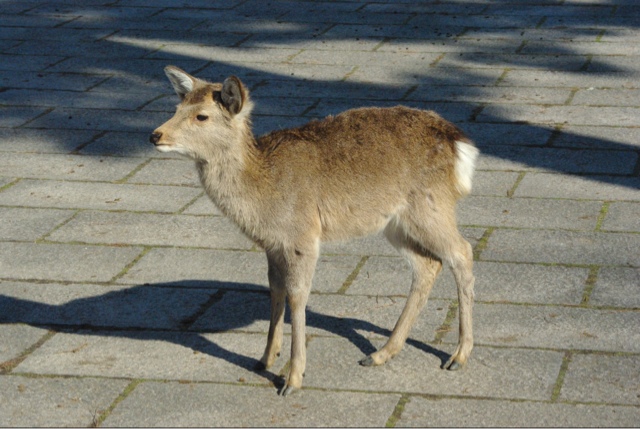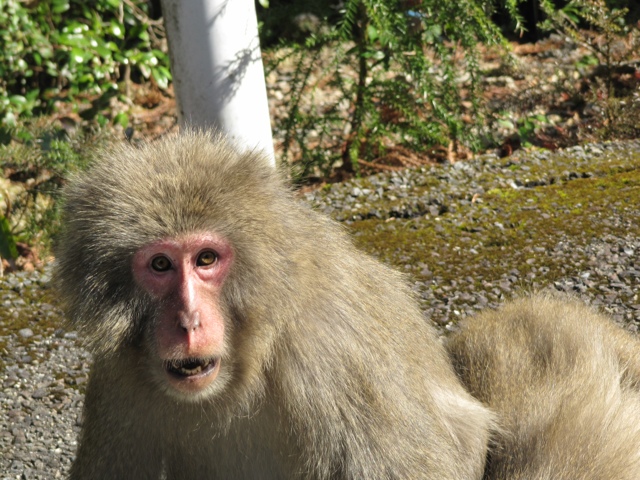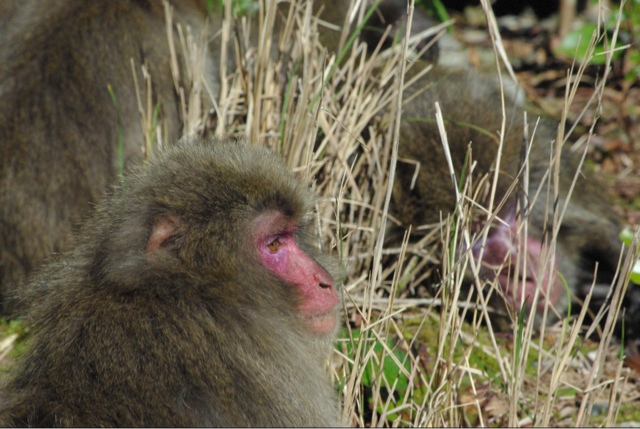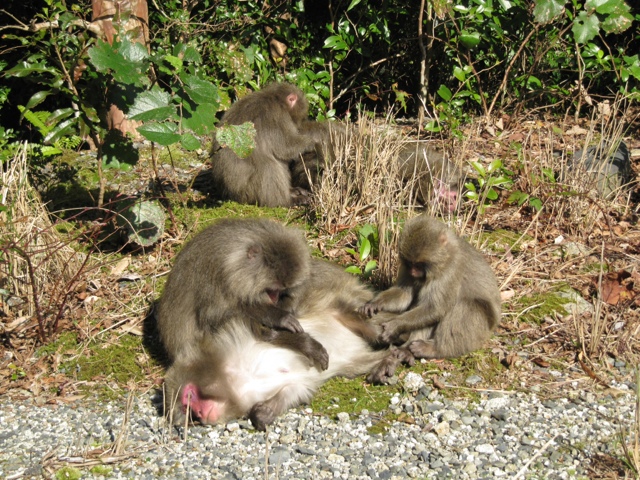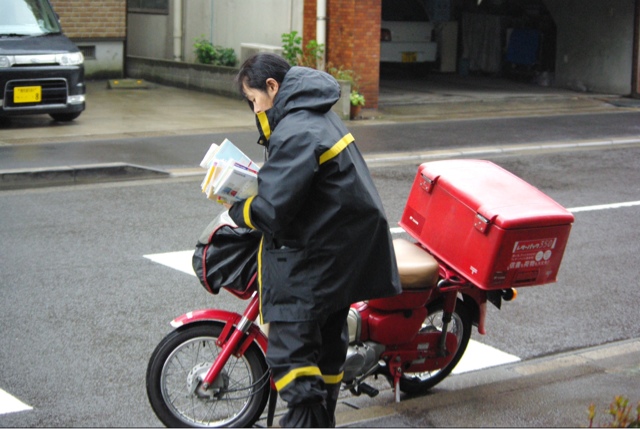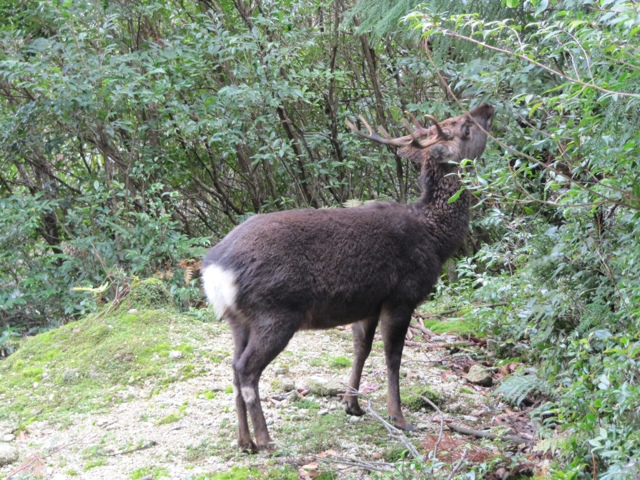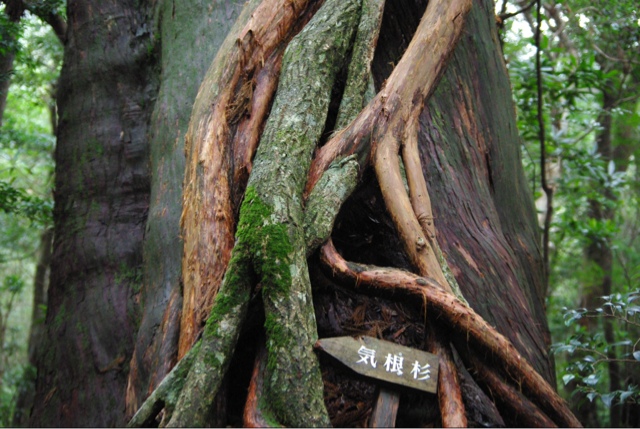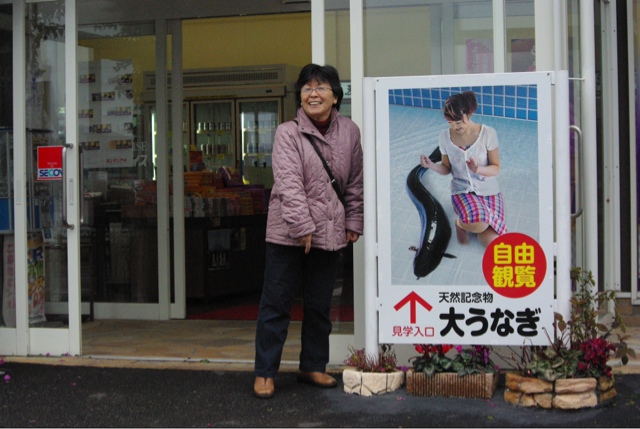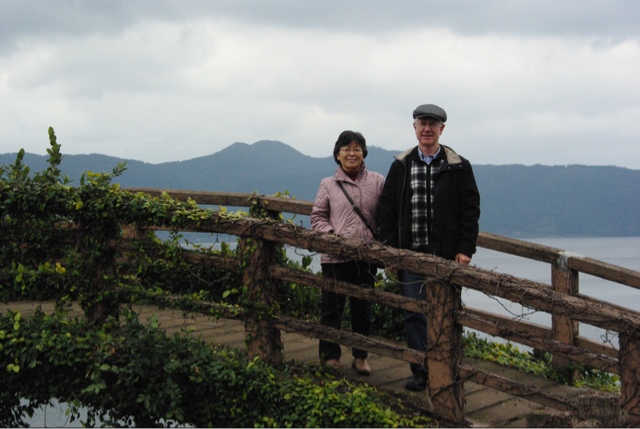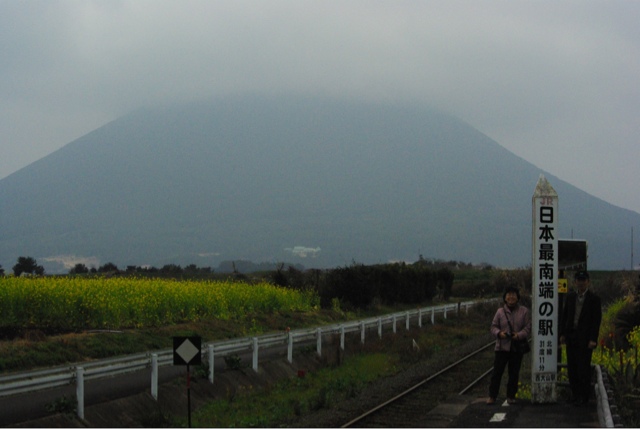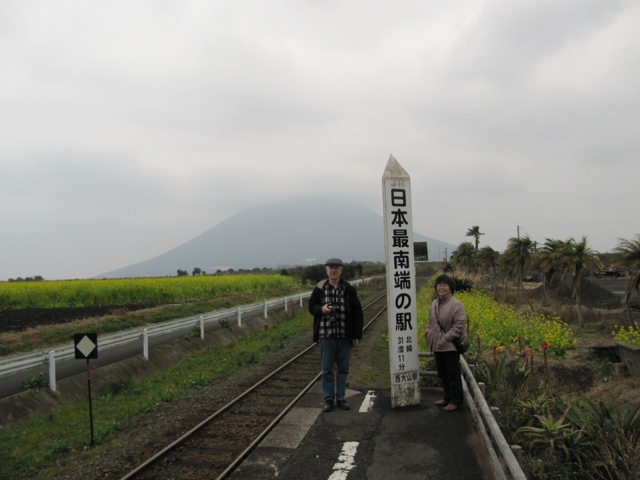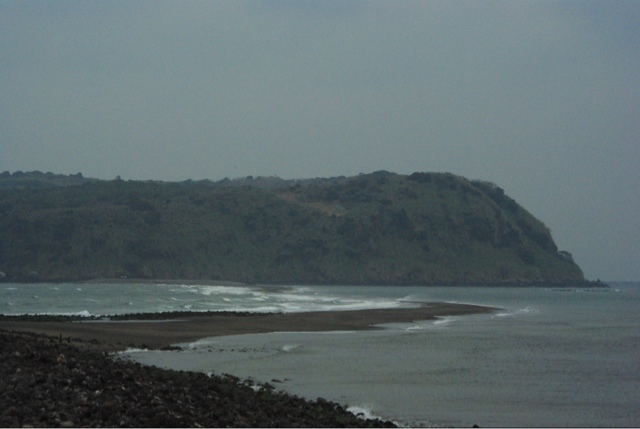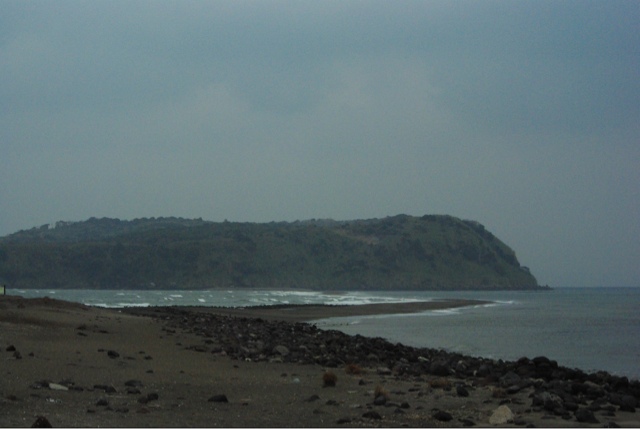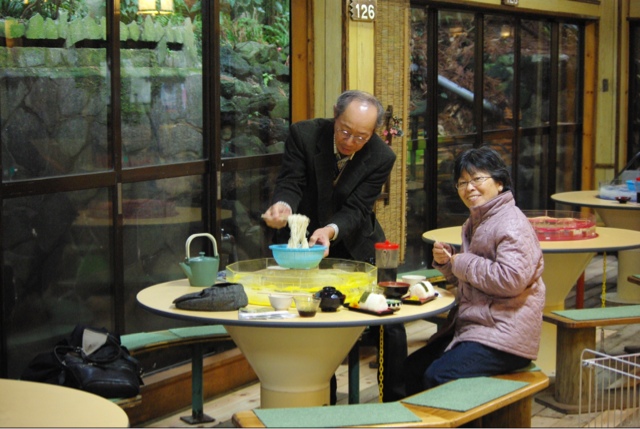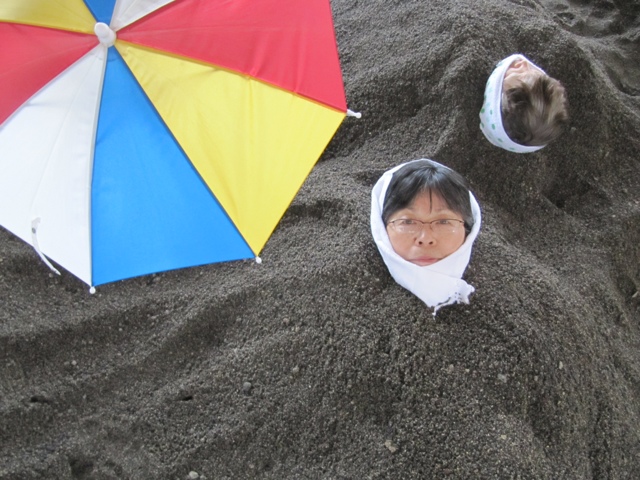Canadian houses tend to have 200 amperes, while Japanese houses or condos may have 30-40 amperes. Canadian houses have central heating and frequently cooling, while Japanese houses tend to only heat the area they are living in at the moment. The Japanese air conditioning systems used to be a square hole in the floor with a charcoal firepit or a charcoal pot beneath a "blanket covered coffee table - kotatsu" under which you stuck your feet or legs to stay warm. Later they used kerosene heaters or more recently free standing natural gas heaters. Today's standard is the use of heat pumps usually located in one corner up on the wall with an air conditioner like heat exchanger outside. This does not function well when the temperature falls below zero, but it is something that Canadians should adopt for cooling individual rooms and heating in spring and fall. Canadian houses, especially in the colder areas are designed to conserve heat, while Japanese houses are designed to allow cooling breezes to flow through in their unbearable summers and have virtually no insulation. There are two gypsies in Japan currently or are having a hard time adapting to sleeping in rooms which are barely above freezing in the morning or entering kitchens in which you can see your breath.
There are serious shortcomings in both these philosophies and some houses being built today are incorporating a more Canadian philosophy. I am not implying that Canadian houses are perfect, as the size of traditional farm houses in Japan and the size of Canadian houses is in one word criminal. The traditional Japanese home used to mean a three generation family, but what excuse do we in Canada have?
Japanese laundry usually means hanging out to dry which North Americans seem to have forgotten how to do.
NASA accused Japan of having the brightest spot on the planet when their vehicles orbited above, but I do not understand this. Their entertainment districts tend to be bright as well as their vending machines, but government initiatives are curtailing this to some extent. I have always felt that residential areas in Japan are much darker than Canada. You can see more stars in Japan on a clear night and sometimes when they walk the streets they carry a flashlight.
Japanese park areas tend to have lights that are powered by a combination of solar and wind energy systems attached to each light standard. Large solar panel sites can be seen near freeway interchanges. Solar energy installations for homes are being much more actively promoted in Japan than in Canada. Wind turbines damage the appearance of a significant number of mountain tops.
Japan relationship with nature is well known to be different than that of Americans. Their homes are frequently open to the outside and so are many shops including winter when you can walk into a wide open front entrance of a tourist shop and have a space heater blasting heat into the interior and of course sending most of this outside.
Let's not discuss the worst curse of all, our propensity for travel particularly our love for that rubber legged quadruped when we were born perfectly bipedal.
The above photograph demonstrates the wind and solar energy combination.



